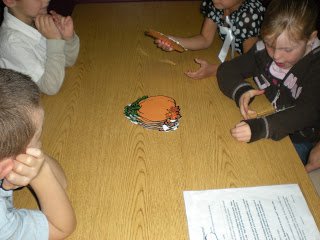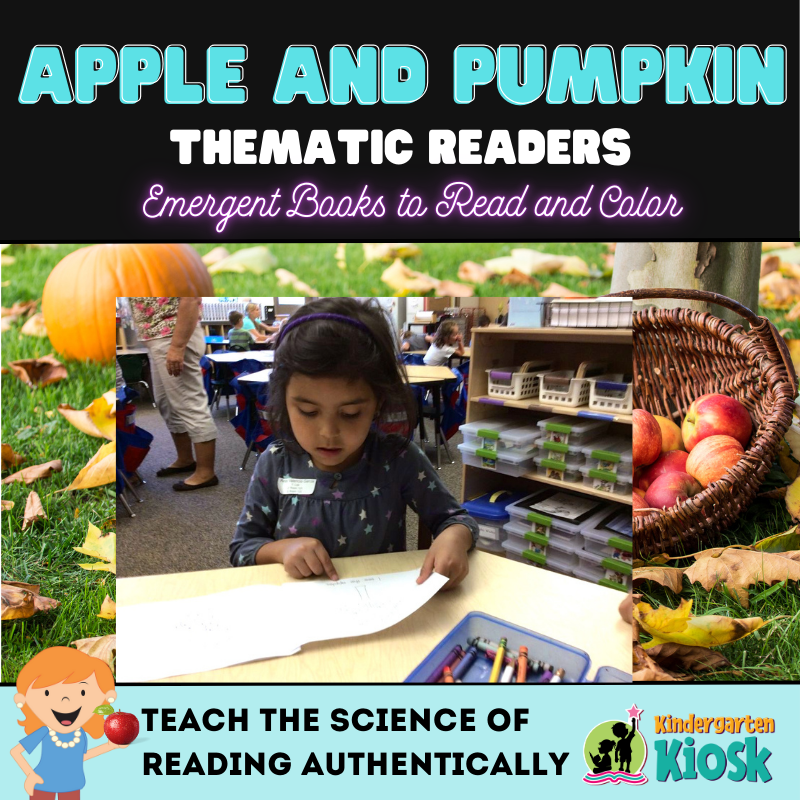Pumpkin Activities for Early Learners
Pumpkins are everywhere, it must be fall!
Kids all over the world will be constructing pumpkins from paper, doing science activities, painting pumpkins, playing games with pumpkins, carving pumpkins, and more.
I simply love the learning that pumpkins bring into the classroom or homeschool experience. Pumpkins make every aspect of the curriculum more fun!
Pumpkins are so readily available, it is easy to stock up your areas with “real” hands-on materials for your studies. Many farmers or stores will strike a great deal if you let them know you are purchasing pumpkins for your classroom activities.
If you are lucky enough to have a pumpkin patch near your area, pump up the curriculum by planning a field-trip to see the pumpkin growing cycle in action.
The great thing about adding pumpkin learning to your curriculum is that you can keep it fall fun or extend it to Halloween. You can adapt pumpkin learning to your clientele. Gather some pumpkins, prepare your activities, and let the learning begin.
Start with Quality Literature
There are so many great pumpkin books, here are my top six with an affiliate link.
Bring in Some Great Video
There are some great pumpkin videos on youtube. Here are my top 5!
Sing Some Great Songs
As your class enjoys the study of pumpkins enjoy one of my favorite pumpkin songs and this free song poster!
Here is a sample of the song.
Excite the Learners With Quality Curriculum
We have numerous pumpkin activities in our Harvest, Halloween, and supporting products!
One thing that is always fun to do is to do exploding pumpkins!
To do:
Hollow out a small pumpkin and cut out a face.
Place a small paper cup inside (or pour directly into the pumpkin) filled with about a ½ cup of baking soda.
In a small cup, provide vinegar for your eager scientist to pour into the pumpkin. (You can color the vinegar if you like).
Watch the ooze out of the face of the pumpkin!
Tips.
Add dish soap to the vinegar to make the acid base last longer.
Use different size pumpkins and different quantities of baking soda to vary the lava flow!
For added science, have students use the scientific process before and after the “experiment.”






















